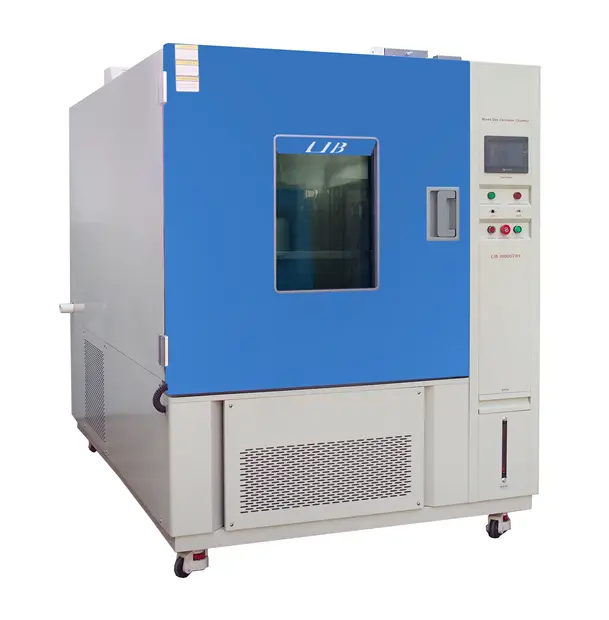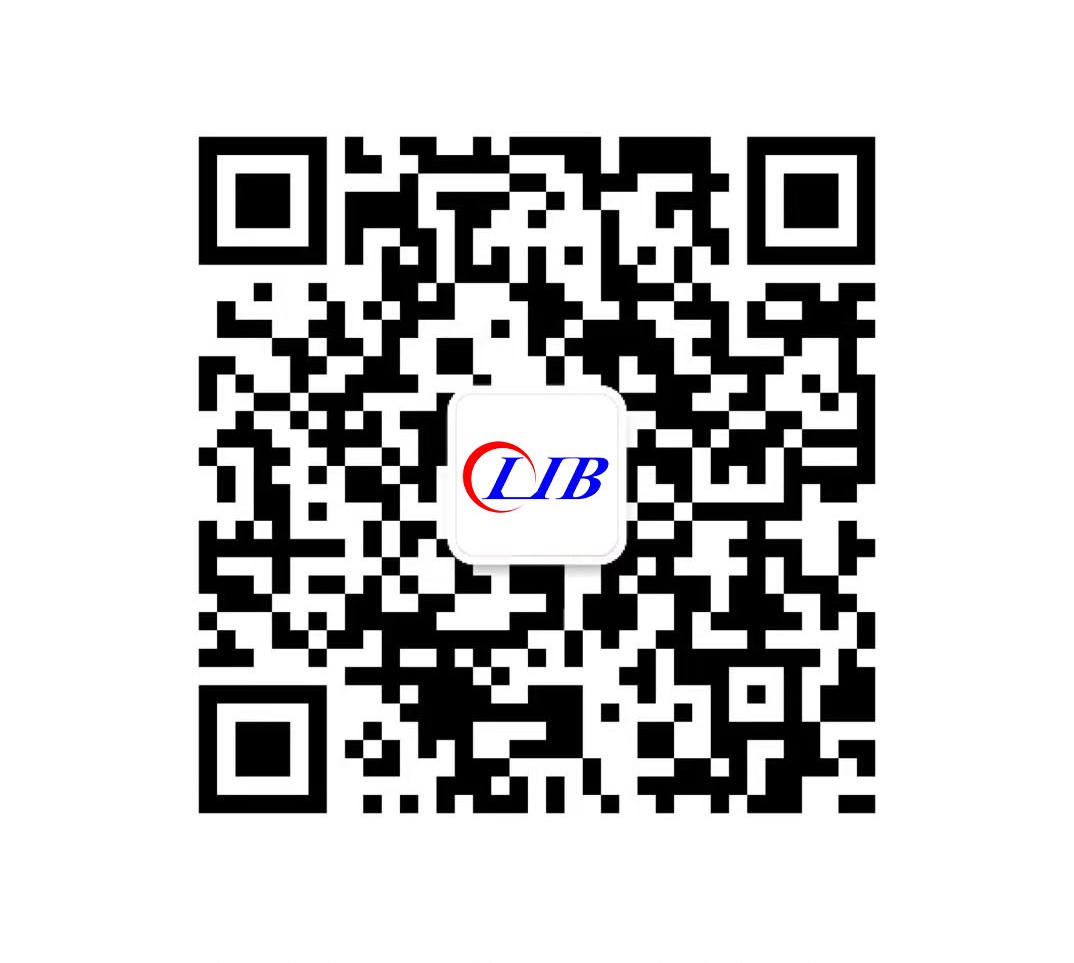Best Ozone Test Machine for Rubber Testing: Buyer's Guide
Best Ozone Test Machine for Rubber Testing: Buyer's Guide
Selecting the optimal ozone test machine for rubber testing requires careful consideration of multiple factors that directly impact testing accuracy and long-term value. Modern rubber products face increasing exposure to atmospheric ozone, making comprehensive testing essential for quality assurance and product longevity. Advanced ozone test machines combine precise environmental control with robust construction to simulate real-world conditions effectively. Understanding the critical specifications, safety features, and operational requirements will guide you toward making an informed investment that meets your specific testing needs while ensuring compliance with industry standards.

Why Rubber Materials Require Ozone Resistance Testing?
Environmental Degradation Mechanisms
Atmospheric ozone attacks rubber polymers through oxidative processes that break down molecular chains, leading to cracking, hardening, and eventual material failure. This degradation occurs naturally when rubber products encounter outdoor environments, industrial atmospheres, or areas with elevated ozone concentrations. Testing reveals how different rubber formulations respond to ozone exposure under controlled conditions, enabling manufacturers to predict service life and optimize compound recipes. Understanding these mechanisms helps engineers develop more resilient products for automotive, aerospace, and industrial applications.
Industry Standards and Compliance Requirements
International testing standards such as ASTM D1149 and ISO 1431 establish specific protocols for ozone resistance evaluation in rubber materials. These standards define precise testing parameters including ozone concentration levels, temperature ranges, humidity conditions, and sample preparation methods. Compliance with these requirements ensures product reliability across global markets and provides manufacturers with defensible data for quality claims. Regulatory bodies increasingly demand documented proof of environmental resistance, making standardized ozone testing essential for market access.
Economic Impact of Material Failures
Premature rubber failures due to ozone exposure cost industries millions annually through replacement parts, warranty claims, and operational downtime. Automotive seals, gaskets, and weatherstripping represent particularly vulnerable components that require thorough testing before deployment. Proactive testing identifies potential issues during development phases when corrections remain cost-effective rather than after market introduction. Investment in quality ozone testing equipment pays dividends through reduced field failures and enhanced product reputation.
Key Features to Look for in an Ozone Test Machine
Chamber Construction and Materials
Premium ozone test machines utilize #316 stainless steel construction throughout the test chamber to resist corrosion from aggressive ozone environments. Standard stainless steel grades often prove inadequate under prolonged ozone exposure, leading to contamination and reduced accuracy. Double silicone seals manufactured from hard silicone materials provide superior corrosion resistance compared to standard rubber seals. Electromagnetic door locks generate strong magnetic attraction forces, ensuring airtight sealing during testing cycles while preventing accidental opening during operation.
Gas Generation and Control Systems
Silent discharge ozone generators produce consistent gas concentrations without introducing noise or vibration that could affect sensitive measurements. Automatic gas generation systems maintain precise ozone levels throughout extended testing periods, eliminating manual intervention requirements. High-accuracy gas sensors with specialized corrosion-resistant treatments ensure reliable monitoring even under high humidity conditions. Advanced control algorithms compensate for natural ozone decay, maintaining stable concentrations across varying environmental conditions.
Safety and Protection Mechanisms
Multiple safety systems protect operators and equipment from ozone exposure hazards through redundant protection layers. Emergency stop buttons provide immediate system shutdown capability from both internal and external locations. Earth leakage protection, phase sequence monitoring, and fault warning systems prevent electrical hazards and equipment damage. Gas leakage prevention systems incorporate multiple sealing technologies and continuous monitoring to maintain safe operating conditions.
Safety Feature | Function | Benefit |
Emergency Stop | Immediate shutdown | Operator protection |
Gas Sensors | Leak detection | Environmental safety |
Double Seals | Chamber isolation | Contamination prevention |
Chamber Size, Ozone Concentration, and Control Systems
Optimal Chamber Dimensions
Chamber sizing depends on specimen dimensions, testing volume requirements, and available laboratory space constraints. Standard configurations accommodate various sample sizes from small coupons to full-scale components requiring dynamic testing capabilities. Static sample holders work well for flat specimens, while dynamic holders enable testing under mechanical stress conditions. Adequate internal volume ensures uniform ozone distribution around test specimens while maintaining consistent environmental conditions.
Concentration Range and Accuracy
Ozone concentration capabilities typically range from 25 to 500 parts per hundred million (pphm) to cover various testing standards and application requirements. Precise concentration control within ±5% accuracy ensures reproducible results across multiple testing sessions. Automatic concentration adjustment compensates for natural ozone decay and maintains stable levels throughout extended testing periods. Real-time monitoring displays provide continuous feedback on actual ozone levels versus setpoint values.
Environmental Control Integration
Temperature control systems maintain precise thermal conditions from ambient to elevated temperatures as specified in testing standards. Humidity control capabilities enable testing under various moisture conditions that affect ozone attack mechanisms. Integrated airflow systems ensure uniform distribution of ozone throughout the ozone test machine while preventing dead zones. Advanced controllers coordinate multiple environmental parameters simultaneously for comprehensive testing scenarios.
Parameter | Range | Accuracy |
Ozone Concentration | 25-500 pphm | ±5% |
Temperature | Ambient +65°C | ±1°C |
Humidity | 45-75% RH | ±3% |
Maintenance and Calibration Considerations for Buyers
Routine Maintenance Requirements
Regular maintenance schedules include ozone generator cleaning, gas sensor calibration, and seal inspection to maintain optimal performance levels. Generator electrodes require periodic replacement depending on usage intensity and operating conditions. Filter systems need regular replacement to prevent contamination and maintain gas purity. Preventive maintenance programs reduce unexpected downtime and extend equipment service life significantly.
Calibration Procedures and Frequency
Gas sensor calibration using certified reference standards ensures measurement accuracy throughout the equipment's operational life. Quarterly calibration schedules typically satisfy most quality system requirements while maintaining measurement traceability. Temperature and humidity sensors require annual calibration to maintain environmental control accuracy. Documentation systems track calibration history and alert operators to upcoming maintenance requirements.
Service Support and Parts Availability
Manufacturer support capabilities significantly impact long-term operational costs and equipment reliability. Local service networks provide faster response times for urgent repairs and routine maintenance visits. Parts availability and lead times affect equipment downtime during repairs and scheduled maintenance periods. Training programs for internal maintenance staff reduce dependency on external service providers while building in-house expertise.
Cost, Energy Efficiency, and Long-Term Value
Initial Investment Analysis
Ozone test machine pricing varies significantly based on chamber size, control sophistication, and safety feature integration. Entry-level units may compromise on construction materials or control accuracy to achieve lower pricing. Premium machines incorporate advanced materials, precise controls, and comprehensive safety systems that justify higher initial costs through superior performance and reliability. Total cost of ownership calculations should include installation, training, and initial spare parts inventory.
Operating Cost Considerations
Energy consumption varies with chamber size, heating requirements, and ozone generation capacity during normal operations. Efficient designs minimize power consumption while maintaining precise environmental control and rapid cycle times. Consumable costs include replacement sensors, filters, and generator components over the equipment's operational lifetime. Maintenance contracts provide predictable operating costs while ensuring optimal performance through professional service support.
Return on Investment Factors
Quality testing equipment enables faster product development cycles and reduces costly field failures through comprehensive material evaluation. Enhanced testing capabilities support premium product positioning and expanded market opportunities. Reduced warranty claims and improved customer satisfaction contribute to long-term profitability beyond initial equipment costs. Documentation and traceability capabilities satisfy quality system requirements and support certification processes.
Cost Factor | Impact | Consideration |
Initial Price | One-time | Equipment capability vs budget |
Operating Costs | Ongoing | Energy and consumables |
Service Support | Long-term | Availability and response time |
Reliable Rubber Testing Chambers from Experienced Factory Suppliers
Manufacturing Experience and Expertise
Established manufacturers bring decades of experience in environmental testing equipment design and production to ensure reliable, accurate testing solutions. LIB Industry concentrates on providing turn-key solutions for environmental testing through comprehensive research, design, production, commissioning, delivery, installation, and training services. This integrated approach ensures seamless implementation and optimal performance from day one of operation. Experienced suppliers understand the nuances of ozone testing requirements and incorporate proven design elements.
Quality Assurance and Testing Protocols
Rigorous factory testing procedures verify each machine's performance before delivery, including multiple airtightness tests and calibration verification. Quality management systems ensure consistent manufacturing standards and traceability throughout the production process. Pre-delivery testing includes ozone generation verification, temperature uniformity mapping, and safety system validation. Documentation packages provide complete performance records and operating procedures for immediate productive use.
Technical Support and Training Services
Comprehensive training programs ensure operators understand proper testing procedures, safety protocols, and routine maintenance requirements. Technical support services provide ongoing assistance for operational questions, troubleshooting, and optimization guidance. Remote diagnostic capabilities enable rapid problem resolution without requiring on-site service visits. User manuals and documentation support independent operation while maintaining connection to manufacturer expertise when needed.
Conclusion
Selecting the right ozone test machine requires balancing technical capabilities, safety features, and long-term value considerations specific to your rubber testing requirements. Premium construction materials, precise environmental controls, and comprehensive safety systems justify higher initial investments through superior performance and reliability. Understanding maintenance requirements, calibration needs, and operating costs enables informed purchasing decisions that support productive testing operations for years to come.
FAQs
What ozone concentration levels are typically required for rubber testing standards?
Most international standards require ozone concentrations between 25-500 pphm, with common testing levels at 50 pphm for general evaluation and higher concentrations for accelerated aging studies.
How often should ozone test machine sensors be calibrated for accurate results?
Gas sensors typically require quarterly calibration using certified reference standards, while temperature and humidity sensors need annual calibration to maintain measurement accuracy and traceability.
What safety considerations are essential when operating ozone test equipment?
Essential safety features include emergency stop systems, gas leakage detection, proper ventilation, electromagnetic door locks, and multiple protection mechanisms to prevent operator exposure to harmful ozone concentrations.
Ready to enhance your rubber testing capabilities with a premium ozone test machine? Contact LIB Industry today for expert guidance on selecting the optimal testing solution for your specific requirements. Our experienced team provides comprehensive support from initial consultation through installation and training. Reach out to us at ellen@lib-industry.com to discuss your testing needs and discover how our advanced ozone test machines can improve your product development and quality assurance processes.



